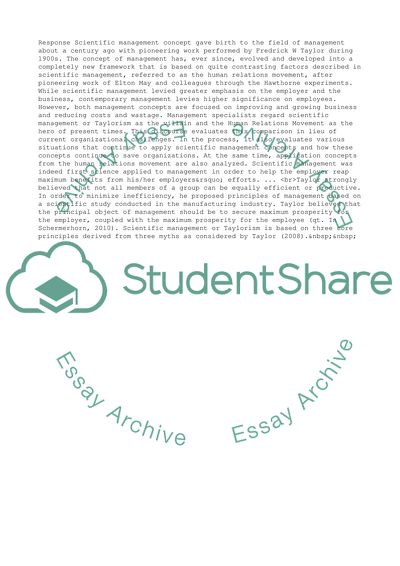Cite this document
(“Essay on Management Example | Topics and Well Written Essays - 2000 words”, n.d.)
Essay on Management Example | Topics and Well Written Essays - 2000 words. Retrieved from https://studentshare.org/management/1444560-every-good-story-requires-its-villains-heroes-and
Essay on Management Example | Topics and Well Written Essays - 2000 words. Retrieved from https://studentshare.org/management/1444560-every-good-story-requires-its-villains-heroes-and
(Essay on Management Example | Topics and Well Written Essays - 2000 Words)
Essay on Management Example | Topics and Well Written Essays - 2000 Words. https://studentshare.org/management/1444560-every-good-story-requires-its-villains-heroes-and.
Essay on Management Example | Topics and Well Written Essays - 2000 Words. https://studentshare.org/management/1444560-every-good-story-requires-its-villains-heroes-and.
“Essay on Management Example | Topics and Well Written Essays - 2000 Words”, n.d. https://studentshare.org/management/1444560-every-good-story-requires-its-villains-heroes-and.


